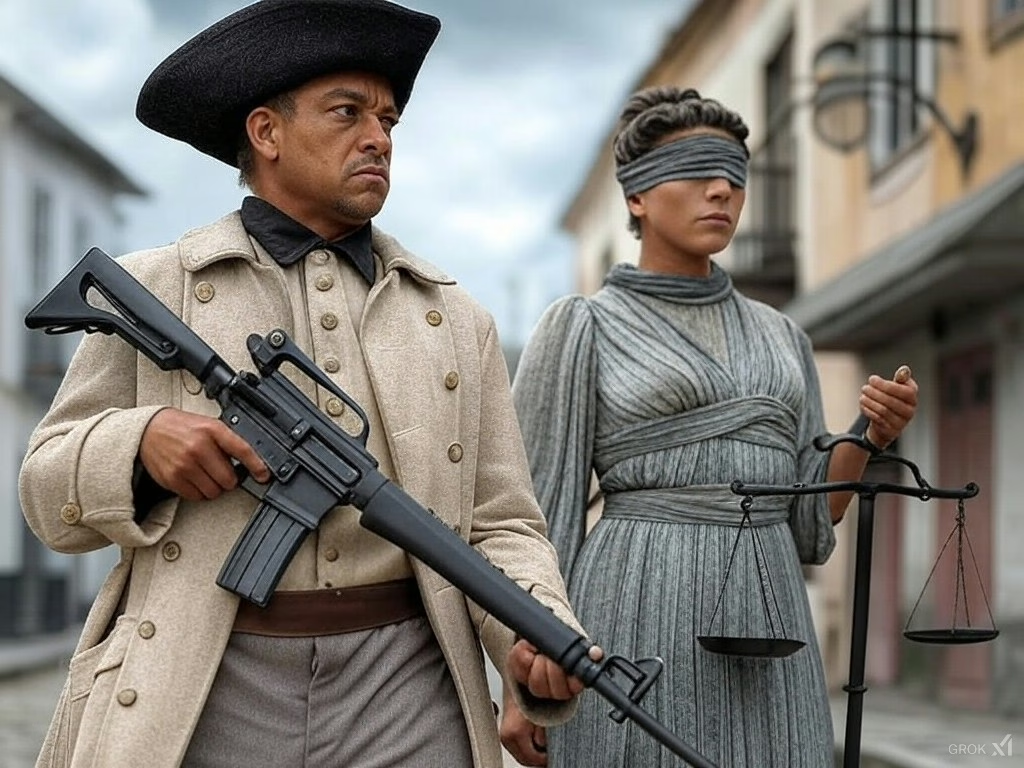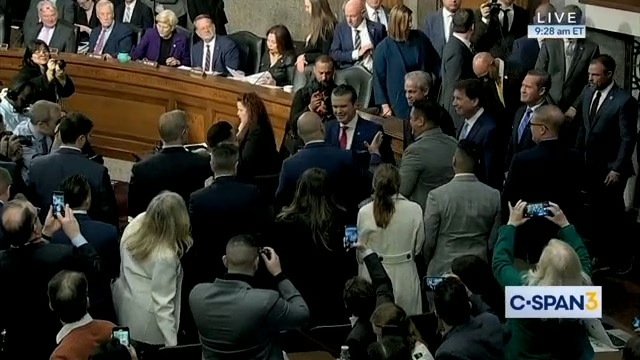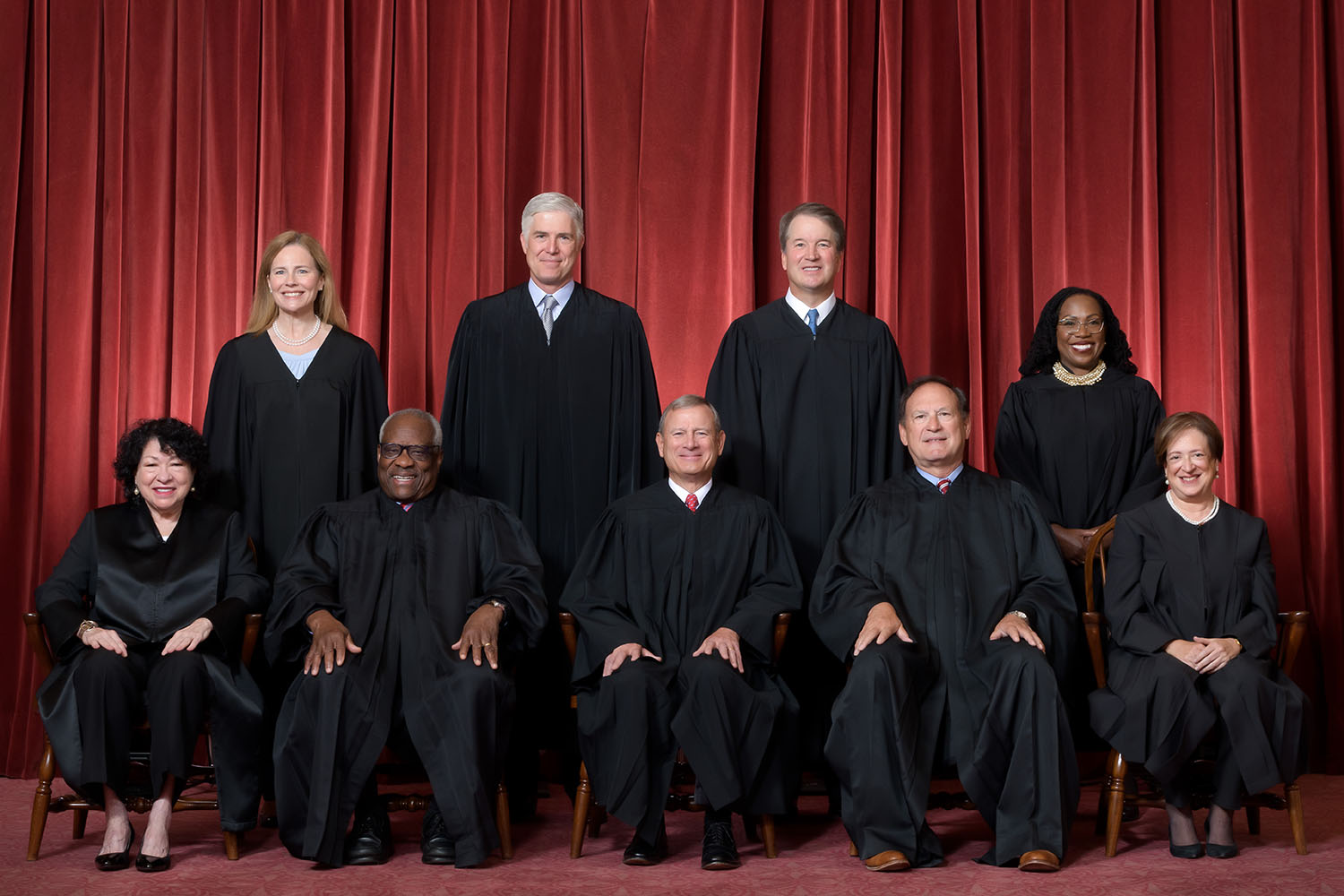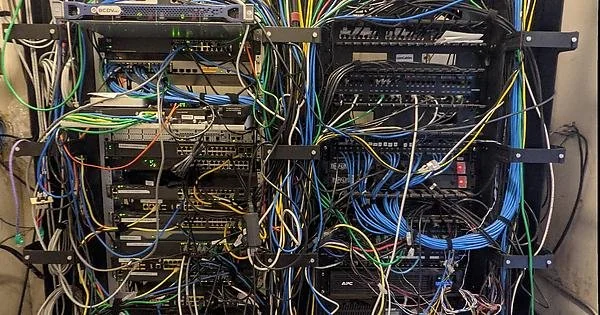How to Win without Winning
There are places where I feel sorry for The People. People in California seem to have gotten what they wanted. The people of Illinois, not so much.
The lower court of the State recently issued an order in favor of The People, but not of the Second Amendment.
This was a win. The people of Cook County no longer have to pay a tax on guns and ammo. Well, that is what the state supreme court said, and the lower court, but not Cook County. They are continuing to collect taxes.
So how is this a win?
It is a win because the plaintiffs, the good guys from Guns Save Life, got what they wanted. The courts have ruled that the county may not legally collect the tax. For perspective, they filed their lawsuit in 2015, the case was closed on January 10th, 2025.
The state was actually arguing that the supreme court of Illinois had ordered the case dismissed because it was “moot”, while the county is still collecting taxes.
Why is that?
Because the case was filed as both an unfair tax and a Second Amendment challenge. The “unfair” was a challenge under the Illinois “uniformity act”.
Well, the lower court decided that it was absolutely ok to tax guns and ammo. I don’t think the judge ever read —Minneapolis Star & Tribune Co. V. Minnesota Commissioner of Revenue, 75 L. Ed. 2d 295 (1983) where the Supreme Court found that taxing ink used by a newspaper was a violation of the First Amendment.
The lower court also found that the taxes were uniform enough.
This was appealed. On appeals, the intermediate court agreed with the lower court. This was appealed to the Illinois supreme court.
There, the tables turned in favor of the good guys.
But not in the way you might think.
The court waved their hand at the Second Amendment challenge, likely because they had read the above cited case. They said, “We don’t need to consider the Second Amendment issue because this tax doesn’t withstand the uniformity challenge.”
The supreme court then continued with instructions on how the state (Cook County) could change their low to make it safe under the uniformity clause.
The court issued an order to the lower court “for entry of summary judgement in favor of the plaintiffs.”
This should have been a done deal, in thirty minutes. Instead, the lower court sat on the damn case for four more years. This gave the state time to modify the tax law and to claim the issue was moot.
Finally, the lower court did as instructed and entered summary judgement in favor of the plaintiffs, the good guys.
The court addressed the Second Amendment challenge as such: the supreme court didn’t bother to hear anything about the Second Amendment, it is moot in this situation.
Thus, The People won, but in winning did not get a Second Amendment win.
Oh, Cook County is refusing to stop collecting the tax.
LAWLESS: Despite court rulings striking down their Gun & Ammo Tax, Cook County says they’ll continue collections









